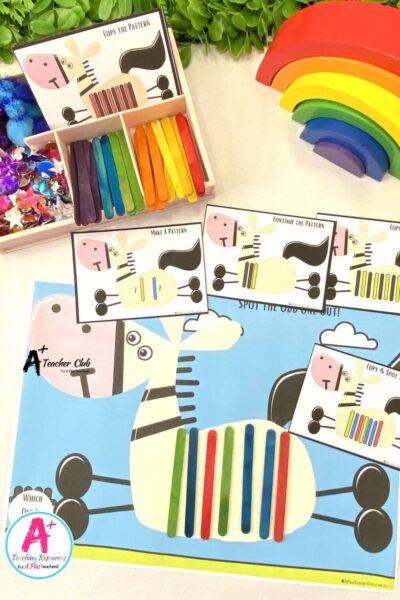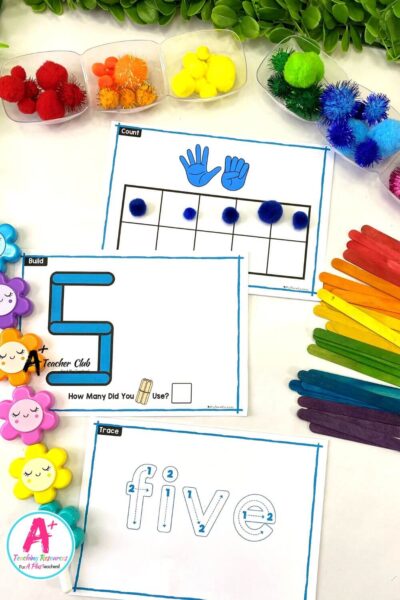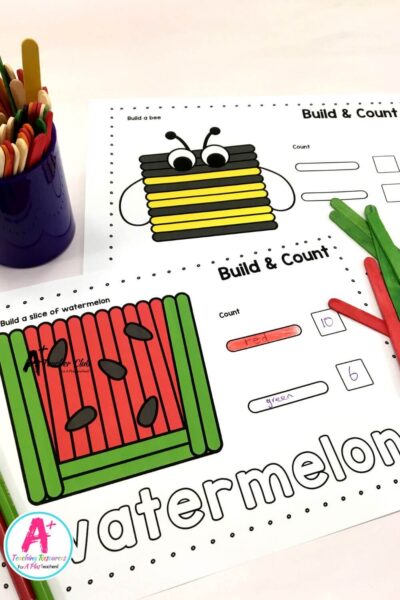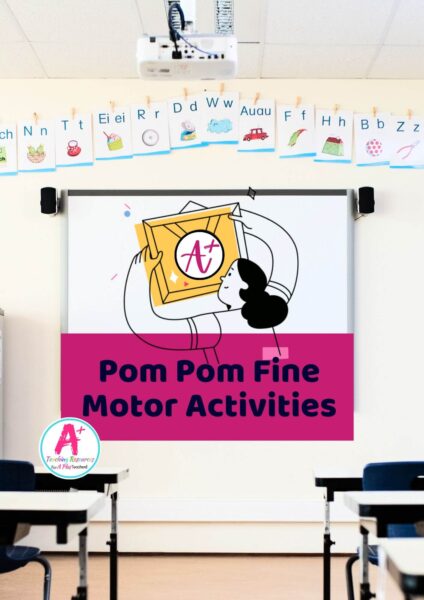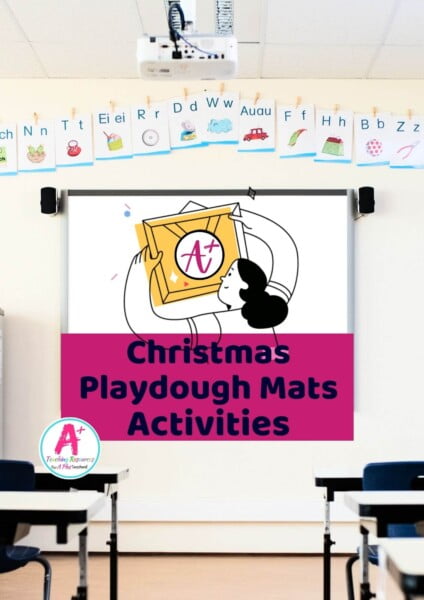Fine Motor Activities Using Popsicle Sticks
Fine Motor Resources
Looking for Fine Motor Activities Using Popsicle Sticks? Then you’re in the right place! Here’s our range of popsicle stick fine motor printables, ideas and activities for Foundation, Kindergarten and Preschool Classrooms.
I think you would agree that you can never have too many Fine Motor Building Activities in Early Childhood classrooms!
Fine Motor Building is a daily activity which means you’re always on the lookout for ideas and resources to keep the kiddos engaged.
Fine motor benefits of using popsicle stick-based activities
By incorporating popsicle stick-based activities into your lessons, you can help to develop your students’ fine motor skills in a fun and engaging way. This can have long-term benefits for their overall development and academic success.
Fine Motor Pop Stick Lesson Plan Idea
Here’s a lesson plan for using popsicle stick activities in a Kindergarten classroom:
Topic: Popsicle Stick Patterns
Grade Level: Kindergarten
Duration: 45 minutes
Australian Curriculum Links:
- Mathematics: Patterns and Algebra
- English: Language, Literacy, and Literature
- Science: Physical Sciences
Learning Goals:
- Students will be able to create and identify simple patterns using popsicle sticks.
- Students will develop their fine motor skills, including hand-eye coordination and finger dexterity.
- Students will develop their language and literacy skills by describing and discussing their patterns with peers.
Materials:
- Popsicle sticks
- Small containers or cups for storing the popsicle sticks
- Coloured markers or paint for decorating the sticks (optional)
Introduction (10 minutes):
- Begin by introducing the concept of patterns to the students. Ask them if they know what a pattern is, and give examples of simple patterns such as ABAB or AABB.
- Explain that today, the class will be creating their own patterns using popsicle sticks.
- Show the students some examples of decorated popsicle sticks, and explain that they can decorate their sticks if they wish.
Activity (25 minutes):
- Give each student a set of popsicle sticks and a container to store them in.
- Model how to create a simple pattern using the sticks (e.g. red-blue-red-blue).
- Encourage students to create their own patterns using the sticks, either by copying your pattern or creating a new one.
- Circulate around the classroom, observing and assisting students as needed.
Closure (10 minutes):
- Have students come together as a group and share their patterns with their peers.
- Encourage students to describe their patterns using language such as “red-blue-red-blue” or “heart-star-heart-star”.
- Ask students to identify any patterns that are the same or similar to their own.
Assessment: Observe students during the activity to assess their ability to create and identify simple patterns. Use their descriptions of their patterns during the closure to assess their language and literacy skills.
Extension: For students who finish early or need an extra challenge, ask them to create more complex patterns using three or more colours or shapes.
Overall, this lesson plan integrates popsicle stick activities into the Mathematics, English, and Science areas of the Australian Curriculum. By engaging in this hands-on activity, students will develop their fine motor skills, their ability to create and identify patterns, and their language and literacy skills.
Below you can find teaching ideas for using something you’ve always got in your store rooms… Pop sticks! These ideas are the perfect way to get kiddos using their small muscles in the fingers, hands, and forearms which will help with daily activities like doing up buttons, turning pages in a book or tying shoe laces and laying the foundations for early writing activities.
Resources listed in this collection
Click to jump to...Popstick Activities
Explore tags
More Fine Motor Activities

Fine Motor Fun - Letters & Sounds - Unicorns
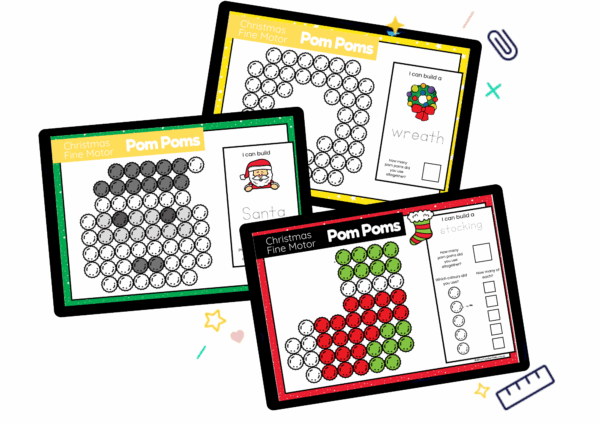
Fine Motor - Pom Poms - Christmas
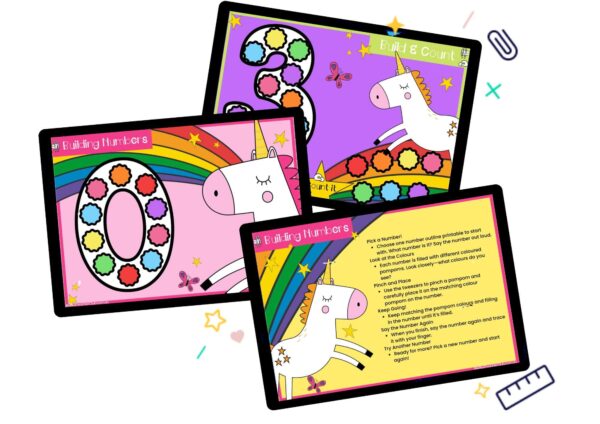
Fine Motor Pom Poms - Numbers 0-30
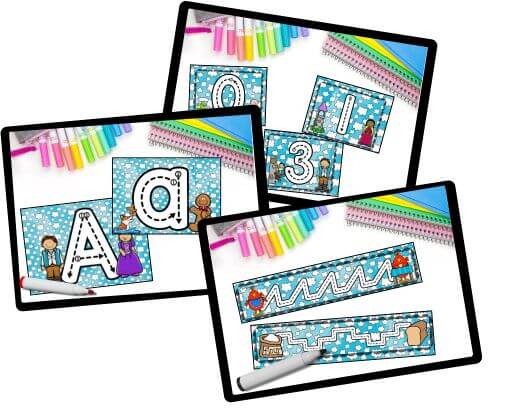
Tracing Cards - Fairy Tales
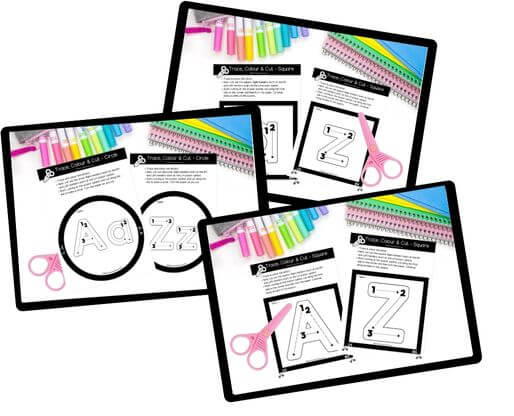
Cutting Activities - Shapes

Cutting Activities - Maths
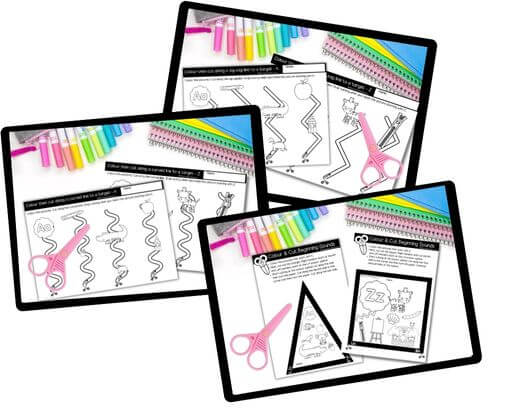
Cutting Activities - Initial Sounds
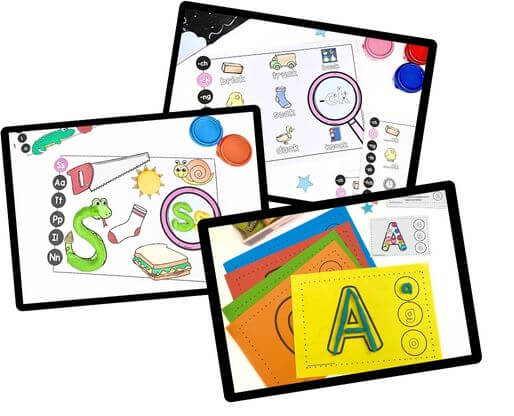
Fine Motor - Phonics Playdough Mats
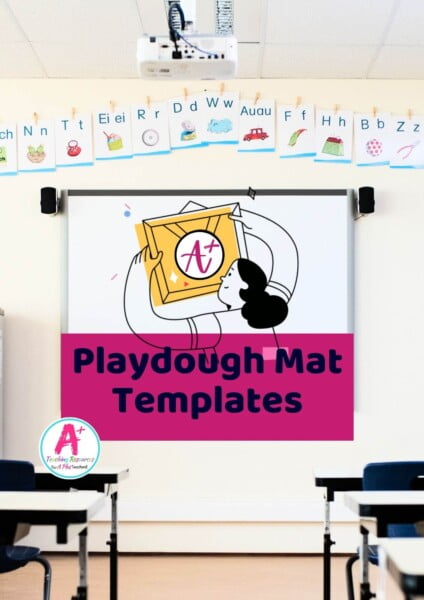
Fine Motor - Playdough Mats
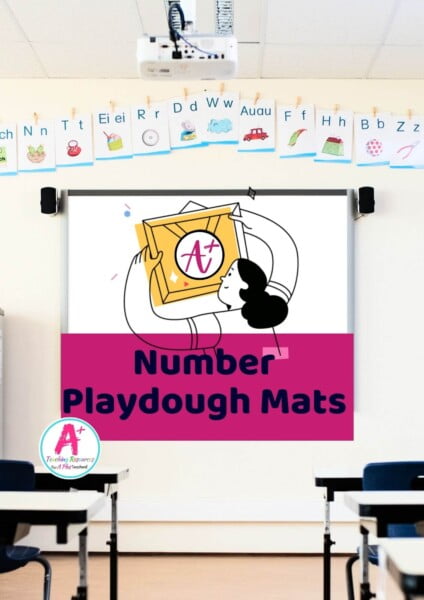
Explore Our Number 0-30 Play Dough Printables Collection
Can't find what you're looking for?
Send us a request! Use this form to request a resource. Please give details of the learning area, topic, year level, curriculum links. We’ll be happy to take a look to see if we can fit it in. Unfortunately a request does not guarantee we will be able to make it!
"*" indicates required fields

